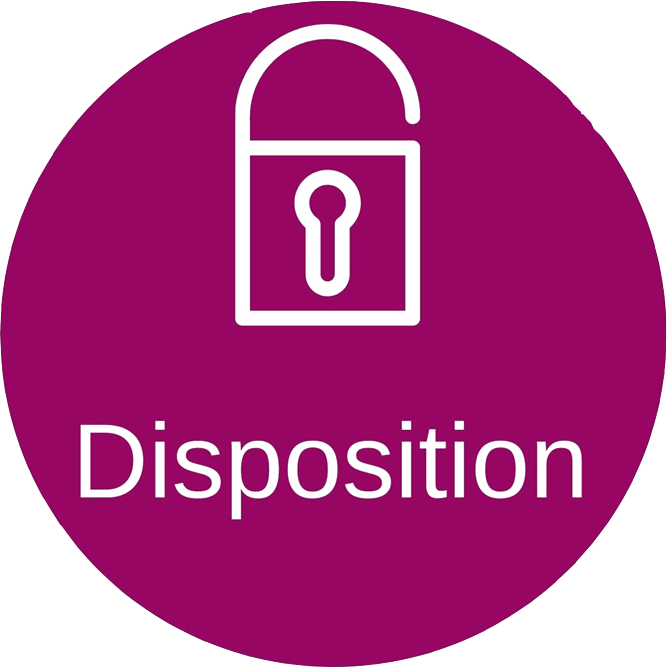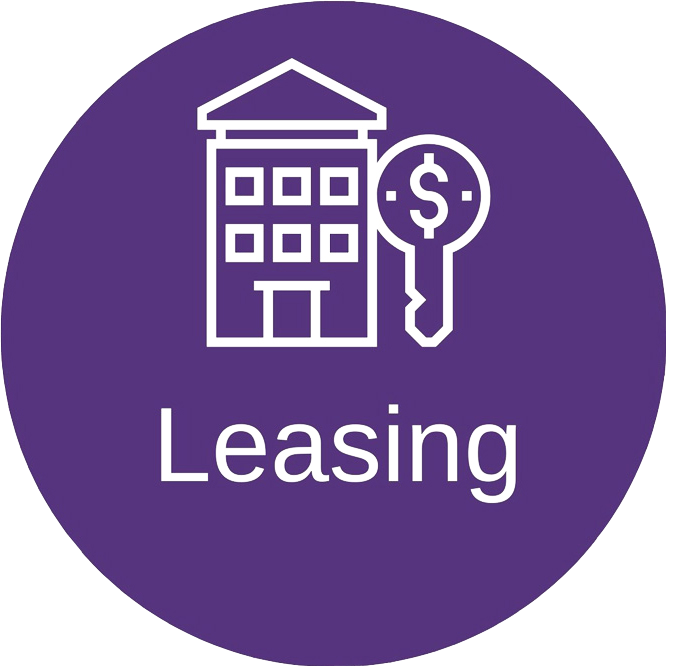Data reports are preliminary, but early glimpses into how the third-quarter office market fared suggest improvement in a few markets while others continue to add sublease space and direct vacancy.
An analysis of preliminary Moody’s Analytics Inc. data from Q3 illustrates which U.S. office markets have seen their vacancy rates rise over the past year and which have seen their share of vacant space shrink during the same period.
Tulsa, Oklahoma, led the way in Moody’s research with a 5.7 percentage-point increase year-over-year in its vacancy rate, reaching 26.2% in the third quarter. High-growth Sun Belt markets Tampa-St. Petersburg, Florida, and Austin, Texas, followed.
Some major cities outside of the Sun Belt — including San Francisco, Denver and Boston — also outpaced other markets for their rate of vacancy increase.
Meanwhile, markets like Columbia, South Carolina, along with Miami and Kansas City recorded an annual decline in their vacancy rates. Columbia’s decline was the largest, at 3.5 percentage points, followed by Miami at 1.5 percentage points and Kansas City at 1.3 percentage points.
The Moody’s research found the office vacancy rate nationally reached 19.2% in the third quarter, an increase from 18.9% recorded in Q2 and just shy of Moody’s record of 19.3% in 1991.
The vacancy rate, as recorded by Moody’s, nationally at the end of 2019 was 16.8%.
Why vacancy rates are on the rise
Some cities that are seeing their vacancy rates rise the most have a disproportionate amount of new construction underway, which could be one reason for the outsized increase.
Austin, for example, had 5 million square feet of office space in its pipeline at the end of the third quarter, according to data from Avison Young. That’s on top of 1.2 million square feet delivered year to date.
The Dallas-Fort Worth metro area had 5.1 million square feet of office space underway at the end of Q3, and 2.2 million square feet delivered so far this year. Its direct availability rate in Q3 was 26.6% and totaled 30.6% when accounting for sublease space, Avison Young found.
In Tulsa, office absorption was negative in the second quarter, according to Cushman & Wakefield and CoStar Group Inc. data, but turned positive in Q3, to 317,900 square feet. That market, too, has seen new office projects deliver over the past 18 months, including 222 North Detroit — which contains 245,000 square feet of office space and opened last year — and the 14-story Santa Fe Square, which opened earlier this year.
Nationally, about 15.9 million square feet of new office space has delivered so far this year, according to Moody’s, with 1.8 million square feet of that having wrapped in Q3. That total compares to nearly 40 million square feet of office-construction completions in 2019, the last full year of data before the onset of the Covid-19 pandemic in March 2020.
As for sublease space, San Francisco had the highest percentage of sublet availability in Q3, at 8.9%, among markets tracked by Avison Young. It was followed by fellow tech-centric hubs Austin (7.9%), Silicon Valley (7.7%) and the San Francisco Peninsula (6.5%).




